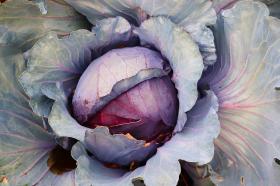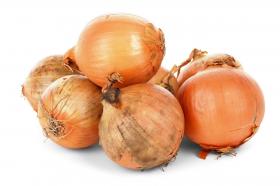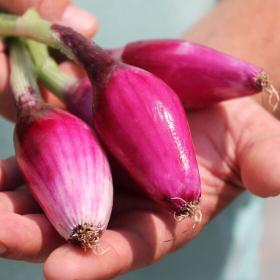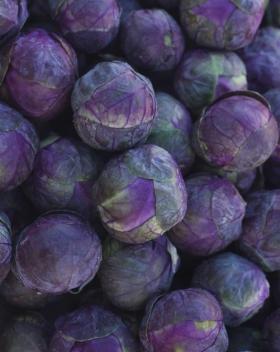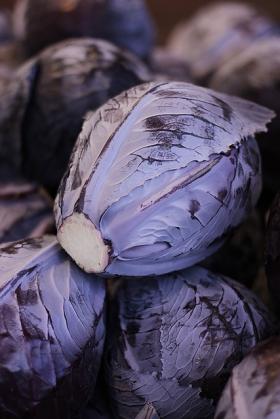
KALE WESTLANDSE WINTER, organic seeds
Brassica oleracea l.
Out of stock This popular curly kale is a middle-high kale with green to dark green leaves. Growing this kale is very easy. Can be left on the field during winter and obtains a sweet taste after frost. This variety requires a nutritious and moist soil.
Growing kale can be a rewarding experience, and this nutritious leafy green is relatively easy to cultivate. Here's a step-by-step guide on how to grow kale:
1. Choose the Right Variety:
- There are various types of kale, including Curly Kale, Lacinato Kale, and Red Russian Kale. Select a variety based on your taste preferences and growing conditions.
2. Starting from Seeds or Seedlings:
- Kale can be grown from seeds or purchased as seedlings. If starting from seeds, sow them directly into the garden or begin indoors about 6-8 weeks before the last expected frost.
3. Planting Kale:
- Plant kale in well-draining, fertile soil. Kale prefers full sun, but it can tolerate partial shade. Space the plants about 18 to 24 inches apart to allow for proper air circulation.
4. Watering:
- Keep the soil consistently moist, especially during dry periods. Water kale at the base to prevent fungal diseases. Avoid waterlogging, as kale doesn't like waterlogged conditions.
5. Fertilizing:
- Use a balanced, organic fertilizer or compost when planting kale. Side-dress with compost during the growing season if needed. Kale generally doesn't require heavy fertilization.
6. Protecting from Pests:
- Monitor for pests such as aphids and cabbage worms. Use organic pest control methods if necessary. Covering young plants with floating row covers can help protect them from pests.
7. Harvesting:
- Start harvesting kale leaves when they reach a usable size. You can pick individual leaves or harvest the entire plant. Regular harvesting encourages new leaf growth.
8. Pruning and Maintenance:
- Remove yellowing or damaged leaves regularly to promote healthy growth. Pruning can also help manage the size of the plant.
9. Cold Tolerance:
- Kale is cold-tolerant and can withstand frost. In fact, cold weather can enhance its flavor. Some varieties can even be harvested throughout the winter in milder climates.
10. Overwintering (Optional):
- In some regions, kale can be overwintered for a continuous harvest. Mulch around the base of the plants to protect the roots from extreme cold.
Growing kale provides a nutritious addition to your home garden. Whether you're using it in salads, smoothies, or cooked dishes, kale is a versatile and healthy leafy green.
Packet 25 seeds

